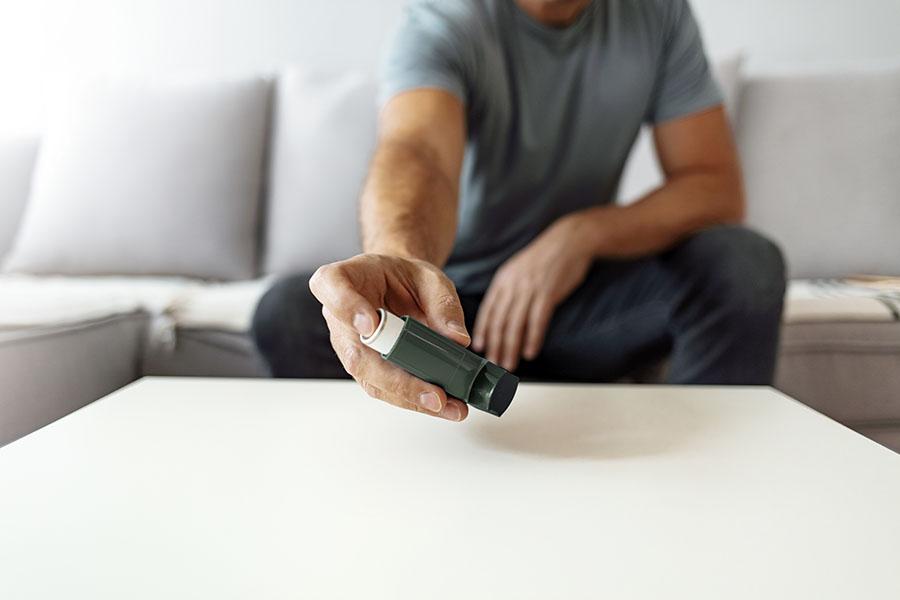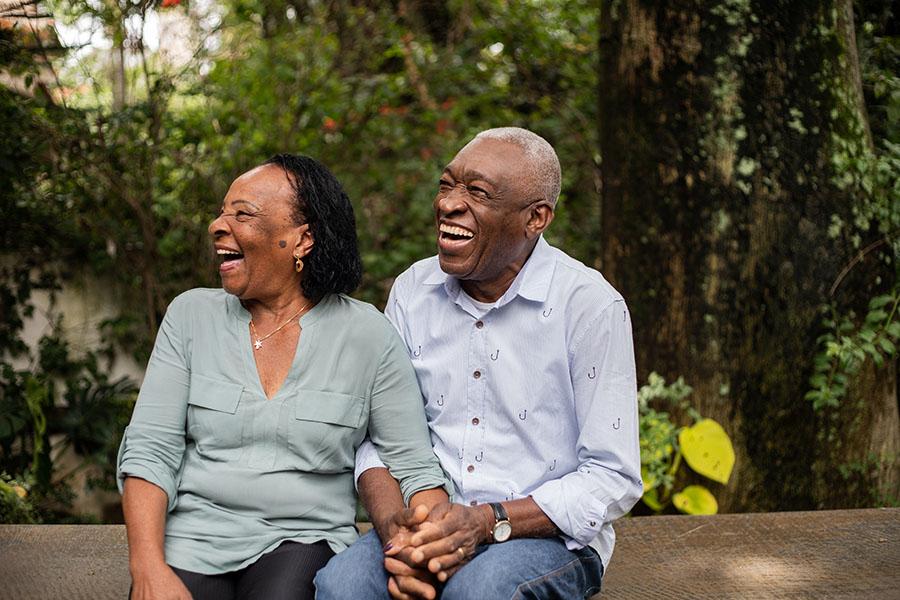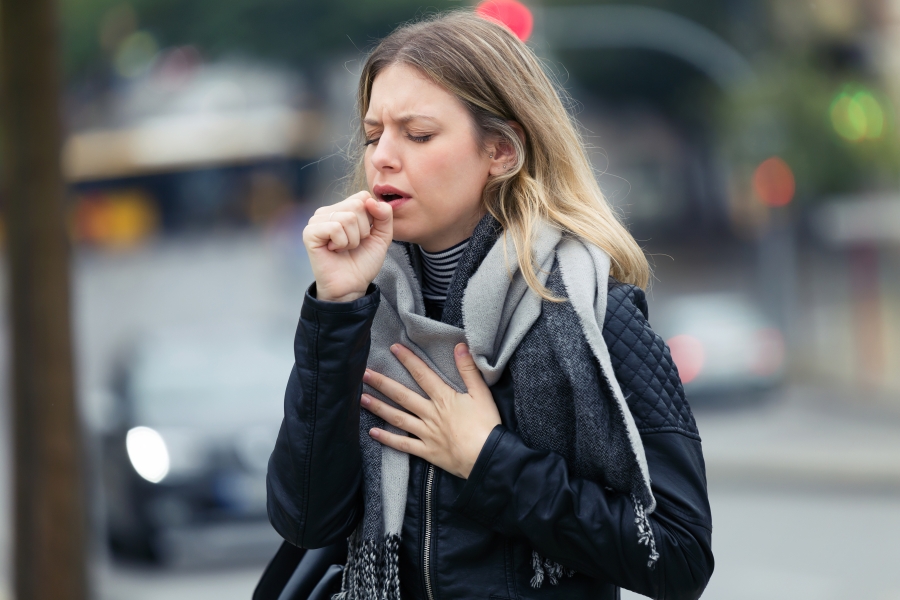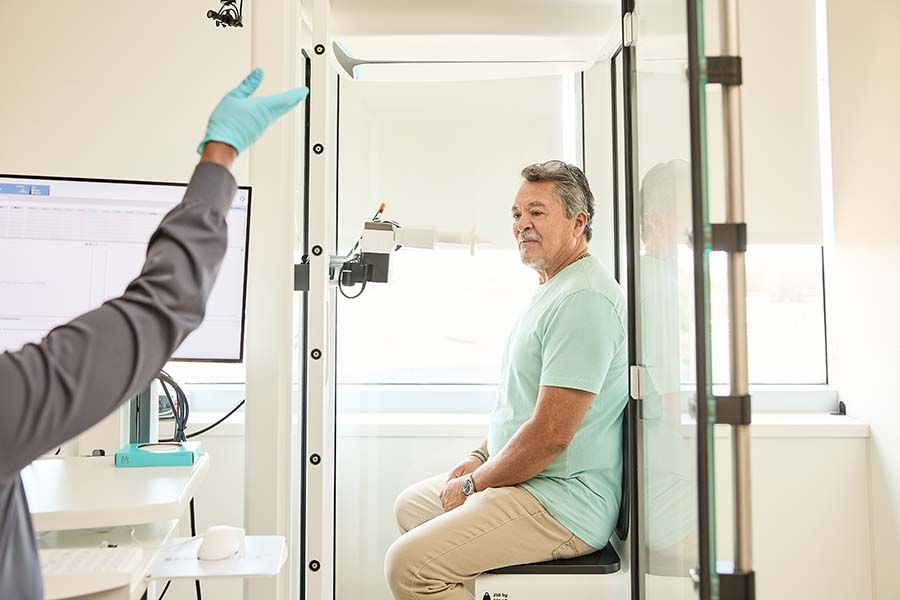Before Sherrie N. developed severe emphysema, there wasn’t anything she couldn’t do.
Sherrie, a 79-year-old Collegeville, Pennsylvania resident, is proud of her “very type A personality.”
“I used to play golf. I played pickleball. I walked. I did all my own housework. I was just a very high-energy, positive, can-do person.”
Even though she was very active, Sherrie has had lung problems her entire life. She was born prematurely and nearly died from whooping cough-caused pneumonia when she was 6 months old. Over her lifetime, she’s had many bouts of bronchitis and pneumonia, which have affected her lung capacity.
“I started smoking in the ‘60’s when I was in my 20’s — when it was ‘the thing to do,’ ” she remembers. “I quit a long time ago, but once you have a lung problem and smoke, it's not a good thing. It was a bad decision.”
Sherrie got screened for emphysema, a type of chronic obstructive pulmonary disease (COPD), nearly 20 years ago at the suggestion of her older sister, who already had the condition.
“Back then, I was very short of breath at times, but it didn't really affect my lifestyle,” she says. “But as I grew older and my emphysema progressed, there were things I had to quit doing, which was really hard for me.”
She was forced to stop playing golf due to her physical limitations. “I was holding up play. If I went up a hill to hit a ball, I had to stand there and recover,” Sherrie recalls. “You can’t hit a ball when you're out of breath. I had to quit pickleball, too. I didn’t have the energy to continue.”
In fact, she recalls that general housework became more and more difficult, too. “My husband had to start mopping the floors. I would move the mop three times back and forth, and I wouldn’t be able to breathe.” As her emphysema progressed, daily tasks got more limiting for her.
During that period, Sherrie needed a portable oxygen machine during the day and oxygen concentrators at night to help her breathe.
Her lungs were so damaged that she actually began to lose weight because the act of eating was putting stress on her body.
“My lungs were so inflated that they touched my stomach. You really cannot take another bite when that happens,” she explains. “If you try to force food down, you have a lot of stomach discomfort, and you cannot breathe enough to get up from the table and walk six feet to the couch.”
It was one thing after another, Sherrie says. “I couldn’t eat. I couldn’t sleep.” She felt anxious and depressed as she struggled to breathe and enjoy life with her husband, Duncan.
A social media post brings a sudden ray of hope
Sherrie and her husband moved to Pennsylvania in 2020 after living at a resort community in Tennessee. Due to her limitations, they wanted to downsize their living space and be closer to family, which includes a daughter, two grandchildren, and two great-grandchildren.
Sherrie had been seeing a pulmonologist for many years, taking medication regularly, using oxygen, and trying to follow her doctor’s recommendations to walk and keep active as much as possible. But her condition kept declining.
“Both my mother and my sister had emphysema. I was there with them when they died,” Sherrie remembers. “When you have an illness that only ever gets worse, despite taking your doctor’s recommendations, you feel like you’re heading down the road to dying. And I was going in that direction.”
Then one day she saw a Facebook post about a new treatment called bronchoscopic lung volume reduction, or BLVR for short, offered at the Temple Lung Center. She learned that BLVR had the potential to help people with serious emphysema breathe better.
In a BLVR procedure, small valves are placed into the patient’s airways. It’s a noninvasive procedure that involves no incisions. While it’s not a cure for emphysema, the valves release trapped air from damaged parts of the lungs — causing those damaged parts to shrink. This allows healthier regions of the lungs to expand and function more efficiently. The result: easier breathing, improved exercise tolerance, and a better quality of life.
The Temple Lung Center team led the clinical trial that proved the effectiveness of BLVR. It also was the first in the nation to perform the BLVR procedure. As a result, Temple is a national training site for doctors who want to learn how to perform BLVR.
Sherrie called the number listed in the Temple Facebook post, got set up for testing, and then consulted with Gerard Criner, MD, FACP, FACCP, who performs the BLVR procedure at the Temple Lung Center in Philadelphia.
Feeling happier, younger, and with no limitations
“BLVR has been the most amazing thing that has ever happened to me,” Sherrie says. “My mental attitude is perfect. I'm not depressed anymore. I can do everything I want to do. It has been a godsend.”
As for her experience before, during, and after the treatment, her entire Temple team was “absolutely wonderful,” Sherrie says.
“Dr. Criner is so knowledgeable,” she continued. “He said, ‘If you do the exercises and the after-treatment, you should do very, very well.’ The last time I went to see him, not only have I done well, but I'm far exceeding what they expected.”
She also was impressed at how diligent her Temple team was at making sure everything was OK after the procedure. During her five days in the hospital, she had regular x-rays to make sure the valves stayed in place. She saw Dr. Criner and his team at regular intervals after that.
“You really feel like they're very on top of everything,” she says. “They do extensive testing to make sure everything is OK.”
Sherrie no longer needs oxygen. Plus, her COPD severity went from stage 4 back to a stage 2, “which was probably where I was 10-15 years ago,” she notes. “It takes your life from nothing to almost everything back. It's such a miracle.”
Now, Sherrie doesn’t feel limited at all.
“I'm walking long distances, like two miles at a great clip. I can walk up hills. I can walk upstairs. It is just incredible,” she says.







